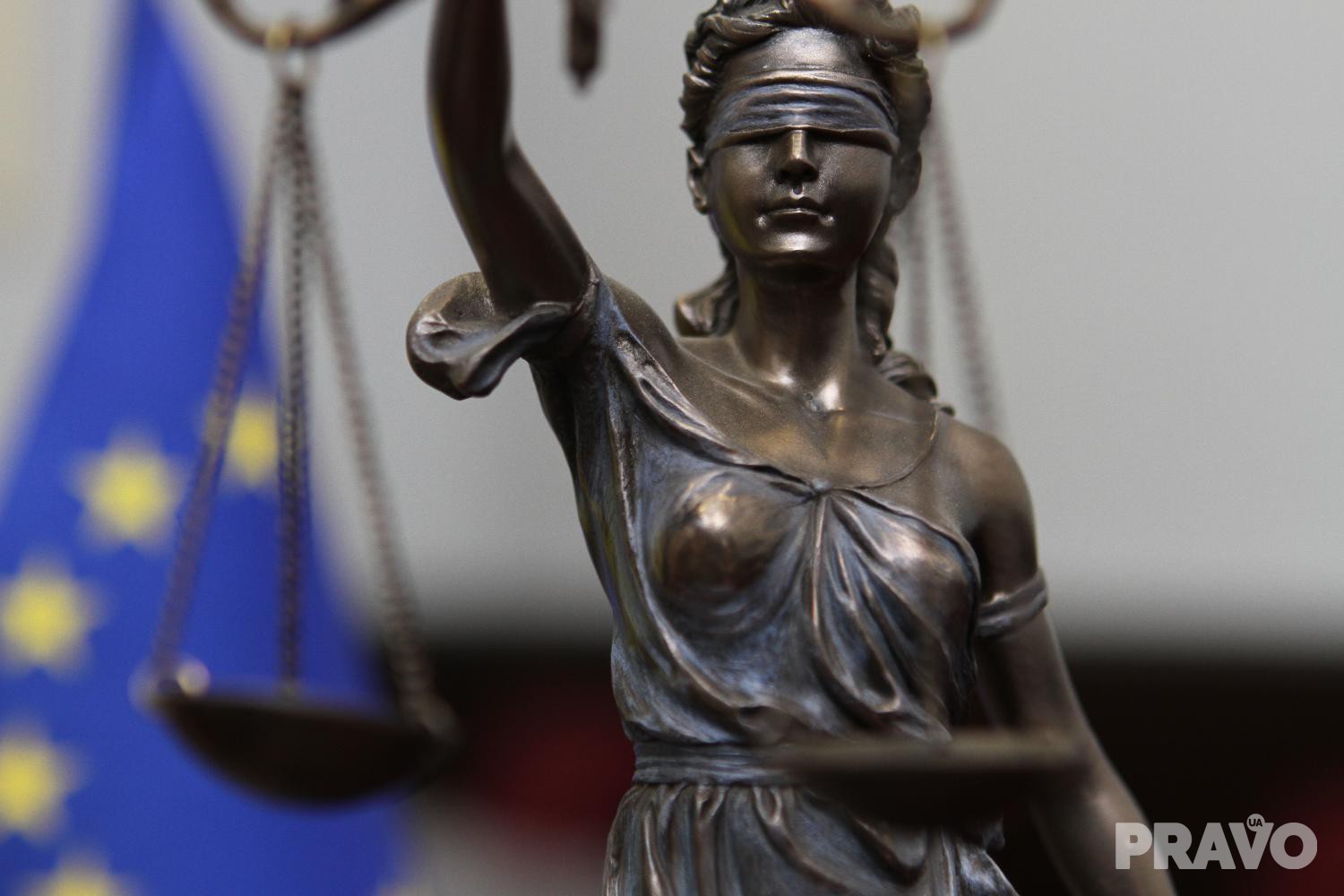active and purposeful military lawyer with more than 4 years of experience
Presentation for identification: a key stage in the investigation
Identification is an important tool in the investigation of criminal cases. This is a procedural action during which the person who committed the crime is shown to a witness or victim for the purpose of his identification. Such identification can become key evidence in the case, helping to establish the identity of the criminal. However, this process can also be vulnerable to error and manipulation, so it is important to follow clear procedures to ensure the reliability of the results.
History of presentation for recognition
The practice of presenting suspects to witnesses or victims dates back to the times of Ancient Egypt and Ancient Greece. Some of the first written references to such procedures can be found in the writings of Plato and Aristotle. In the Middle Ages and early modern times, such practices were also used, although less systematically.
Modern identification procedures began to take shape in the 19th century, when criminologists and lawyers began to pay more attention to scientific methods of identifying criminals.In particular, in 1833, the British lawyer Sir William Harshall described the procedure of presentation for identification involving several suspects. In the 1870s, a procedure called "Linear Identification" was developed in the USA, where a witness or victim was asked to point to a person among a group of people.
With the development of forensic psychology and criminology in the 20th century, identification procedures became more standardized to minimize the risk of errors. A number of rules and recommendations were defined that law enforcement agencies should follow when conducting such identifications.
How presentation for recognition is made
Presentation for recognition usually occurs as follows:
Preparation. The investigator or prosecutor prepares the identification procedure, determining the place, time, composition of the group for presentation. A suspect (or more) must be included in this group. Other individuals in the group should be similar in appearance and clothing so as not to single out the suspect.
Informing participants. The investigator informs all participants of the process about their rights and obligations. The witness or victim is warned that the identification must be reliable and not based on guesswork.The members of the presentation group are also informed of their rights.
Group demonstration. The witness or the victim is asked to carefully consider all the members of the group and indicate whether he recognizes the person offered to him among them. If he recognizes, the investigator records the result in the report.
Documentation. All actions and results of presentation for identification are recorded in detail in the protocol of the investigative action. Additional means of capture, such as video recording, may also be used.
Reliability assessment. The investigator and the court must critically assess the reliability of the identification results, taking into account the conditions under which it was conducted, the psychological state of the witness or the victim, possible factors that could have influenced the result.
Key features of effective presentation for recognition
In order for presentation for recognition to give reliable results, it is important to follow a number of important principles:
Neutrality and impartiality. The investigator should not knowingly or unknowingly tell the witness or the victim who to identify. The composition of the presentation group should be selected in such a way that the suspect does not stand out.
No pressure. A witness or a victim cannot be forced to identify someone against their will. They should be given the opportunity to make decisions freely and independently.
Consideration of psychological factors. The investigator must understand that identifying a person is a complex psychological process that is influenced by a number of factors, such as stress, fear, the emotional state of the witness, the duration of the observation, etc. These factors must be taken into account.
Documentation and recording. Detailed documentation of all stages of presentation for identification, including possible video recording, is important for further assessment of the reliability of the results.
Independent examination. For greater objectivity, the identification results can be additionally verified by an independent psychological or forensic examination.
Problems and risks of presentation for recognition
Despite the importance of presentation for identification as an evidentiary tool, this process is also associated with certain risks and problems:
Memory errors. The memory of a witness or a victim can distort or distort the image of the person they are trying to identify. This can lead to false identification.
Hint effect.If the investigator consciously or unconsciously provides certain clues, this can affect the result of the identification. The witness can "recognize" exactly the person pointed out to him.
Partiality. A witness or victim may have certain prejudices or expectations about the criminal's appearance, which will lead to a false identification.
Perhaps you will be interested in reading articles on such topics as: адвокатские запросы адвокатский запрос ответ на адвокатский запрос требования к адвокатскому запросу непредоставление ответа на адвокатский запрос сроки ответа на адвокатский запрос адвокатский запрос это рассмотрение адвокатского запроса об адвокатском запросе адвокатский запрос образец ответственность за непредоставление ответа на адвокатский запрос адвокатский запрос срок ответ на адвокатский запрос срок адвокатский запрос требованиясрок рассмотрения адвокатского запроса срок рассмотрения адвокатского запроса образец ответа на адвокатский запрос

































